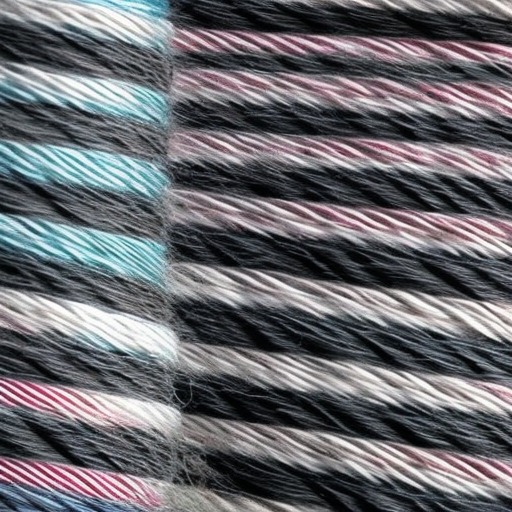
Sewing Thread: Preventing the Dreaded Loose Bottom

When it comes to sewing, there are few things more frustrating than encountering a loose bottom thread. Whether you are a seasoned seamstress or a beginner, this issue can arise and disrupt your sewing projects. But fear not! With a little knowledge and practice, you can easily prevent and fix this common problem.
Causes of Loose Bottom Thread
The primary cause of a loose bottom thread is improper tension settings on your sewing machine. When the upper thread and bobbin thread have different tension levels, it results in a loose stitch formation at the bottom side of your fabric.
Prevention Tips
Here are some effective tips to prevent encountering a loose bottom thread:
- Check your machine’s manual: Every sewing machine is different, so it is essential to consult the manual to understand the correct settings and adjustments for tension.
- Thread consistently: Ensure that you are using the same type and weight of thread in both the upper and bobbin threads. Mismatched threads can lead to uneven tension and loose stitches.
- Regularly clean and maintain your machine: Lint, debris, or tangled thread can affect the tension, so it’s crucial to keep your machine clean and well-maintained. Refer to your manual for instructions on how to care for your particular machine.
- Test and adjust: Before starting a project, it’s always a good idea to test your machine’s tension with a few stitches on a scrap piece of fabric. This allows you to identify any issues and make necessary adjustments before working on your actual project.
Fixing Loose Bottom Threads
If you’ve already encountered a loose bottom thread, don’t fret! Here are some steps you can take to fix the issue:
- Re-thread your machine: Start by removing the thread from your machine, both the upper and bobbin threads. Then, carefully re-thread it according to the manual’s instructions, ensuring proper tension settings.
- Check the bobbin: Make sure the bobbin is inserted correctly and that the thread is properly wound around it. If the bobbin has loose or unevenly wound thread, it can affect the stitch quality.
- Adjust the tension: Experiment with slight tension adjustments. Increase the tension if the bottom thread is too loose, and decrease it if the top thread is too loose.
- Practice on scraps: Before continuing with your project, test the adjusted tension on a scrap fabric to ensure the issue is resolved. Adjust as necessary until you achieve a balanced stitch formation.
Remember, practice makes perfect! The more you sew and become familiar with your machine, the easier it will be to identify and prevent loose bottom threads.
Happy sewing!






I love your creative ideas!
Anita Thomas: Wow, such a great project!
Great job on this ingenious idea! This project will certainly add a unique touch to any outfit – the loose bottom adds an extra element of fun and flair.
What a great way to customize your clothes. I’m so excited to give it a try!